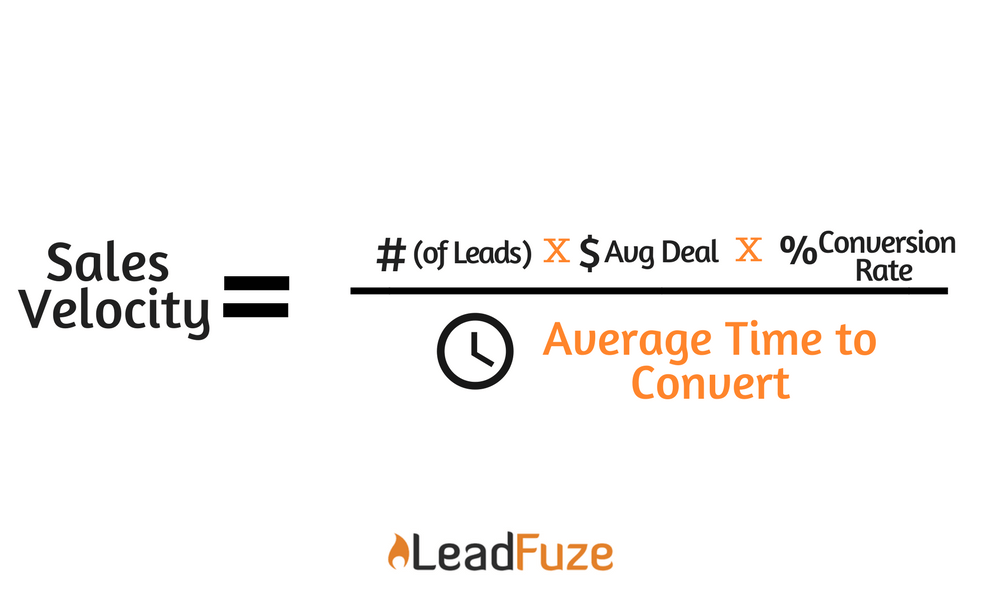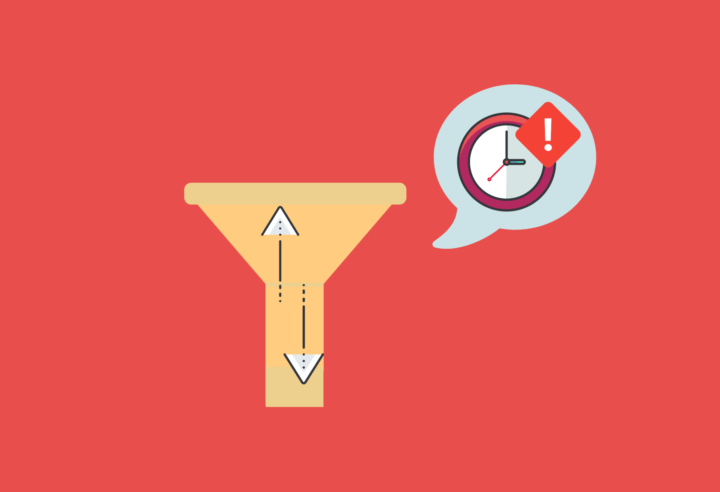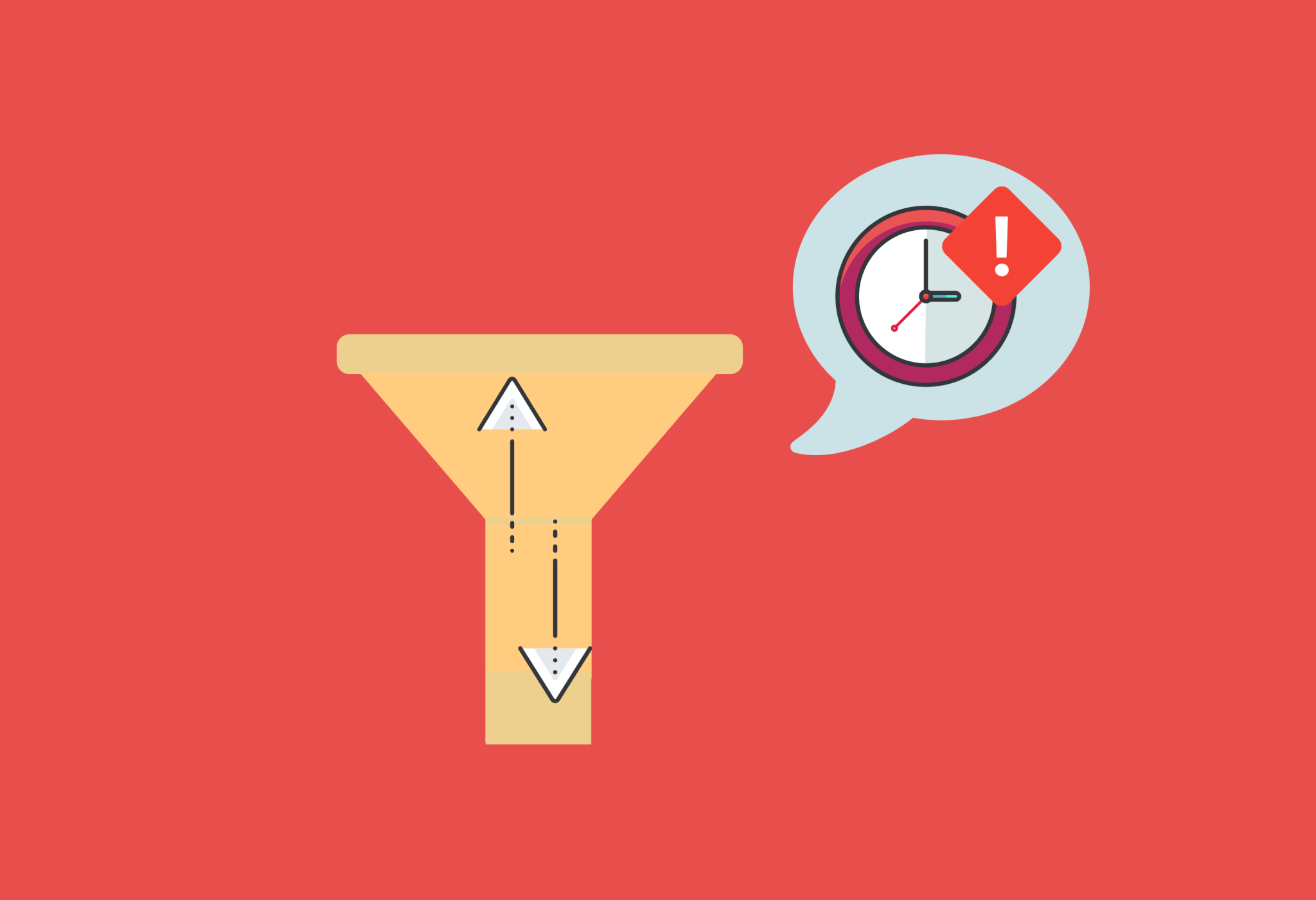What is Sales Velocity?
We have to begin by giving a sales velocity definition. Essentially Sales Velocity is the speed at which leads and opportunities move down and out of your funnel.
Instead of saying “what is sales velocity”, you can also say “sales pipeline velocity” or even “deal velocity”. Very similar terms discussing the rate of sale for different products.
Sales velocity (or pipeline velocity) can be measured in a few ways:
- The age in stage before moving to the next stage
- The total age in all stages, leading to an exit (Closed Won or Closed Lost)
- The time that passes from an action (i.e. lead assigned) to a reaction (i.e. sales outreach) or a sequence of events (demo, pilot signup, purchase).
Measuring velocity gives you a benchmark you can use to track which parts of your sales and marketing process drive acceleration or put deals at a standstill.
Sales velocity is the speed at which leads and opportunities move down and out of your funnel. Click To TweetMeasuring Sales Velocity Is a Fundamental Aspect in Your New Product Launch Marketing Plan
Even the best of products are sure to fail in a business if one is not able to market them. This is an aspect that has always been a great challenge for all entrepreneurs trying to launch new products on the open market.
The biggest problem is how can you understand your sales velocity when going into any new product launch?
Sales velocity helps us forecast, work backwards from our goals, and troubleshoot our process. Click To TweetA salesperson must know how to measure their sales velocity when launching a new product. It’s important because it provides the business with vital information on sales figures, sales patterns and general sales results that they may not have had before.
These facts will help you understand how to best present your new product in the marketplace.
Measure What Influences Sales Velocity in Your New Product Launch Marketing Plan
Velocity can be incredibly variable throughout your business. Keeping track of this metric allows you to see your sales funnel acceleration and make appropriate changes to improve.
I prefer to look at sales velocity in a few different ways to get a sense of what levers influence your pipeline’s speed.
1 Won, Lost, and Open
Won deals should be your benchmark for velocity. Separating Won, Lost, and Open can help you with pipeline analysis and tracking:
- Have we ever won a deal that’s spent this long in this stage?
- Do we always lose deals after a certain age in stage?
- How far over the average can an opportunity before giving it a red flag
- Can we build an SLA around each stage of our funnel?
2 Sales Velocity Equation
Here’s an image (below) showing a simple sales velocity equation to reference when coming your figuring up your own sales acceleration.

3 New vs Renewal vs Upsell
New Business, Renewal, and Upsell have completely different timelines. While New Business and Upsell will vary by company, Renewal velocity should be the value of the contract term.
If you store the contract term in your CRM, you can build your velocity reports for each type of deal length.
For example, if you primarily have 1-year contracts and start to see average renewal velocity beyond 365 days, this is an early indicator for churn risk with multiple customers delaying their renewal (such as renegotiating their terms or evaluating other vendors).
4 Market Segments
The same is true for market segments — deal cycles might vary wildly. You could have a 30-day SMB sale and a 90-day SME sale. Deal velocity could also vary by industry, such as healthcare customers and/or others taking longer to buy than technology companies.
Digging into the distribution of velocity for these segments can help you understand if you have undiscovered segments in your business model.
5 Lead Source
Lead source can dramatically impact deal velocity and help you understand if you’re reaching the right buyers. You can explore this in a few ways:
- How does velocity change by Marketing sourced leads compared to Sales sourced leads?
- How do specific marketing channels change lead velocity?
- Does lead velocity change within a channel over time?
6 Buyer Roles
Buyer roles can impact on deal velocity, and these insights can change your approach to new deals. Here are a few examples:
- Does engaging a new prospect with the CXO create a faster sale than through a Director-level contact?
- Or, do groups of deals have different buying teams?
- Are specific roles or titles involved at different stages of these deal?
- Do these buying teams move through the funnel at different speeds?
This is a great way to measure and plan experiments with targeted messaging at each stage of your funnel.
7 Sales Messaging & Sales Assets
The right Sales messaging motivates buyers through the funnel, the wrong messaging makes them to go cold—velocity helps you determine which effect you’re creating.
So far we’ve looked at stage velocity. But messaging is more tactical, so you may consider activity velocity instead:
- How long does it take for a cold lead to respond to outbound efforts?
- After we engage the first contact in an account, how long does it take to engage additional engaged?
- Do specific messages or assets help move these activities closer together?
At FunnelCake, we’ve found that sending our implementation deck with the proposal helps accelerate deals substantially. This deck provides a workback schedule from a prospect’s ideal launch date and a list of team members we need involved at each stage. We believe this works by helping the deal feel concrete and guides the buyer to involve more team members.
A Quick Sales Velocity Example for New Product Launch Marketing Plan
One of our customers built a top-of-funnel SLA based on lead velocity. They had never won a deal with a prospect who spent more than 14 days in Pre-Qualified. And this insight led to a new process — automatically marking opportunities Closed Lost if the SDR didn’t move the deal to Qualified within 14 days.
This process keeps the SDRs on top of their leads and ensured pipeline coverage was always accurate.
Conclusion
You can close more deals by increasing headcount, or you can close more deals by giving your reps more capacity.
Accelerating deal velocity helps you build capacity in your existing team and accurately see how well your process is working.
Accelerating deal velocity helps you build capacity in your existing team. Click To TweetDeal velocity has compounding returns for everyone on your team, new and existing. That’s effort worth investing in.
Want to help contribute to future articles? Have data-backed and tactical advice to share? I’d love to hear from you!
We have over 60,000 monthly readers that would love to see it! Contact us and let's discuss your ideas!


